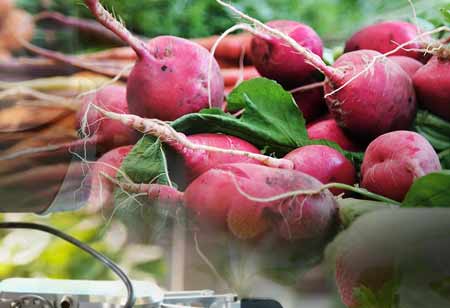Thank you for Subscribing to Agri Business Review Weekly Brief
Enhance soil management through Digital Management.
When we think about the shortage of resources in agriculture, water is usually

By
Agri Business Review | Thursday, February 24, 2022
Stay ahead of the industry with exclusive feature stories on the top companies, expert insights and the latest news delivered straight to your inbox. Subscribe today.
Digital data can be described in a way that makes sense to farmers and landowners to prevent soil erosion.
FREMONT, CA: When we think about the shortage of resources in agriculture, water is usually the first that strikes the mind. The bad news is that just like water, the soil is a finite resource that is fast declining due to human activity. The good news: research is supplying farmers, landowners, and policymakers with new tools to turn the tide.
Agriculture, for example, many other industries have been transformed by digitalization. For years, technical advancements have assisted farmers in operating more efficiently and responsibly. Now, data-driven insights can help them boost soil health, which is the most important feature of successful agriculture.
Countries worldwide have been collecting data on their soils and devising farming techniques for years. Conservation agriculture, for example, is a farming technique that involves minimal soil disturbance (i.e., no plowing) and supports natural biological processes below ground. There are a plethora of studies on conservation agriculture in Austria. As an outcome, the soil is healthier, and crop production is more efficient. Long-term research is also underway in Murcia, Spain, where researchers are looking into the influence of deficit irrigation in vines to make the most of a limited water resource.
The information obtained from these local experiments can help in the worldwide effort to improve our soils by revealing the farming practices that work – or don't work – in distinct geographic and climatic circumstances. However, understanding this data could be tough for an average farmer. Therefore, data must be assigned in a way farmers can understand.
Presenting the SQAPP, a farmer-focused application created by Dr. Fleskens and his colleagues at the iSQAPERproject. Dr. Fleskens explained, "It brings together digital soil knowledge in a comfortable location and form for end-users to learn more about soils and solutions for sustainable soil management."
Farmers only need to enter the land location they want to know the soil quality of to use the app. The software then lists the features of the soil, such as salinity, organic matter content, and any dangers to the land. Next, the software application suggests ways to improve soil quality, such as new farming methods and irrigation techniques. This makes the data easy to use and understand.





